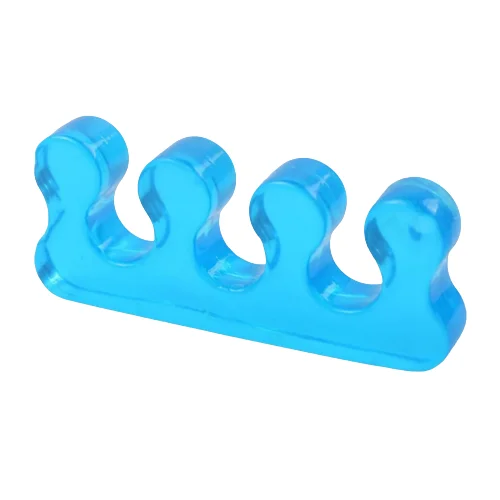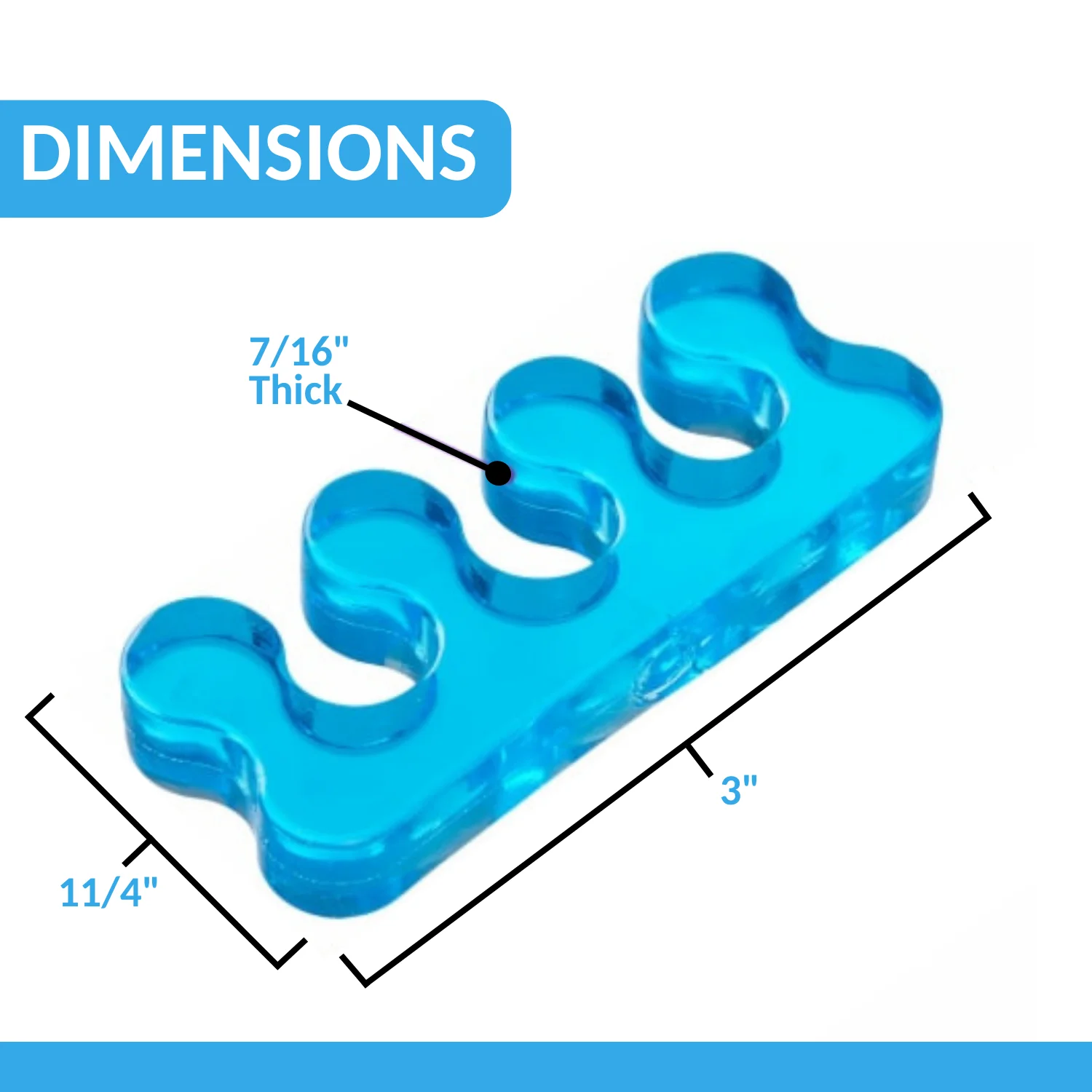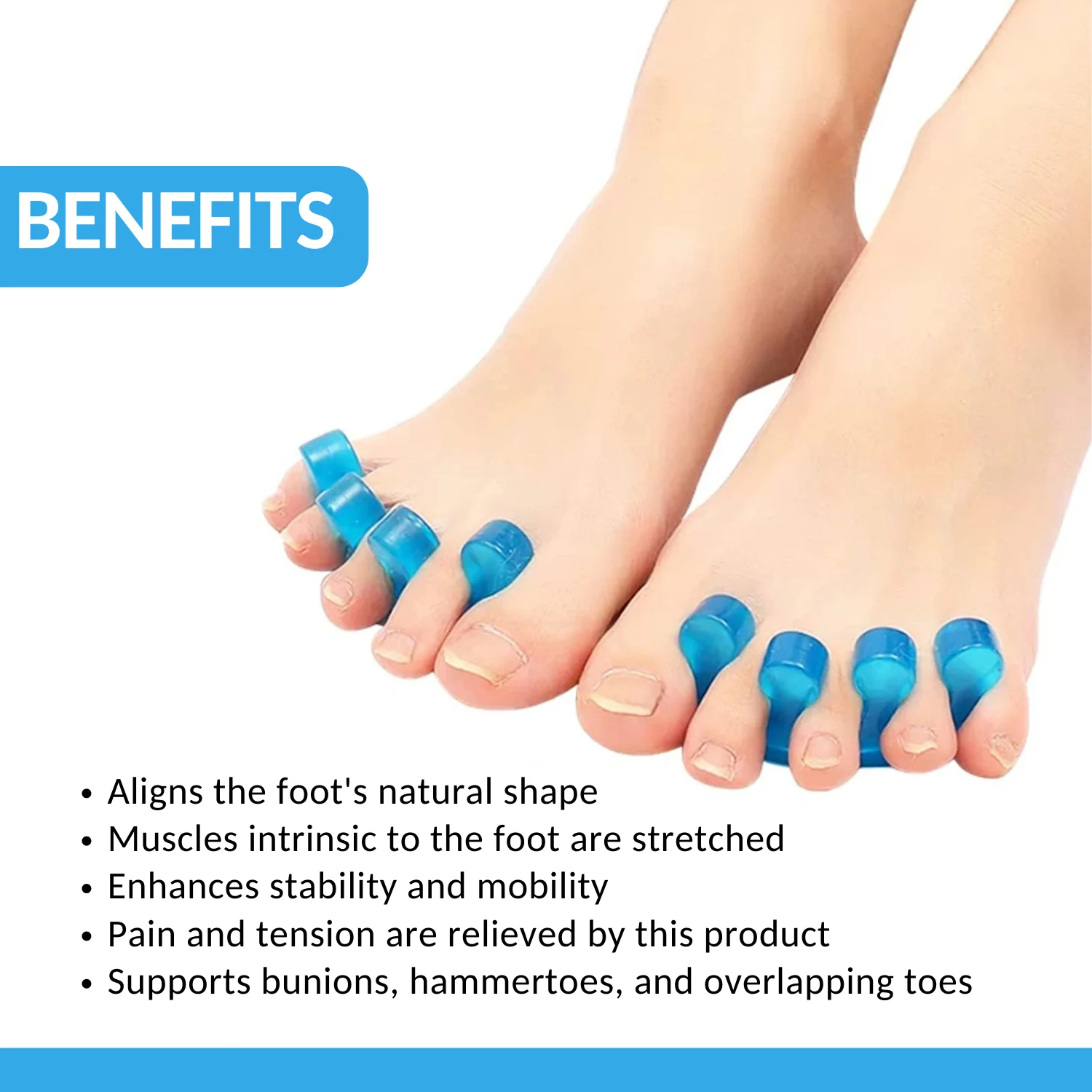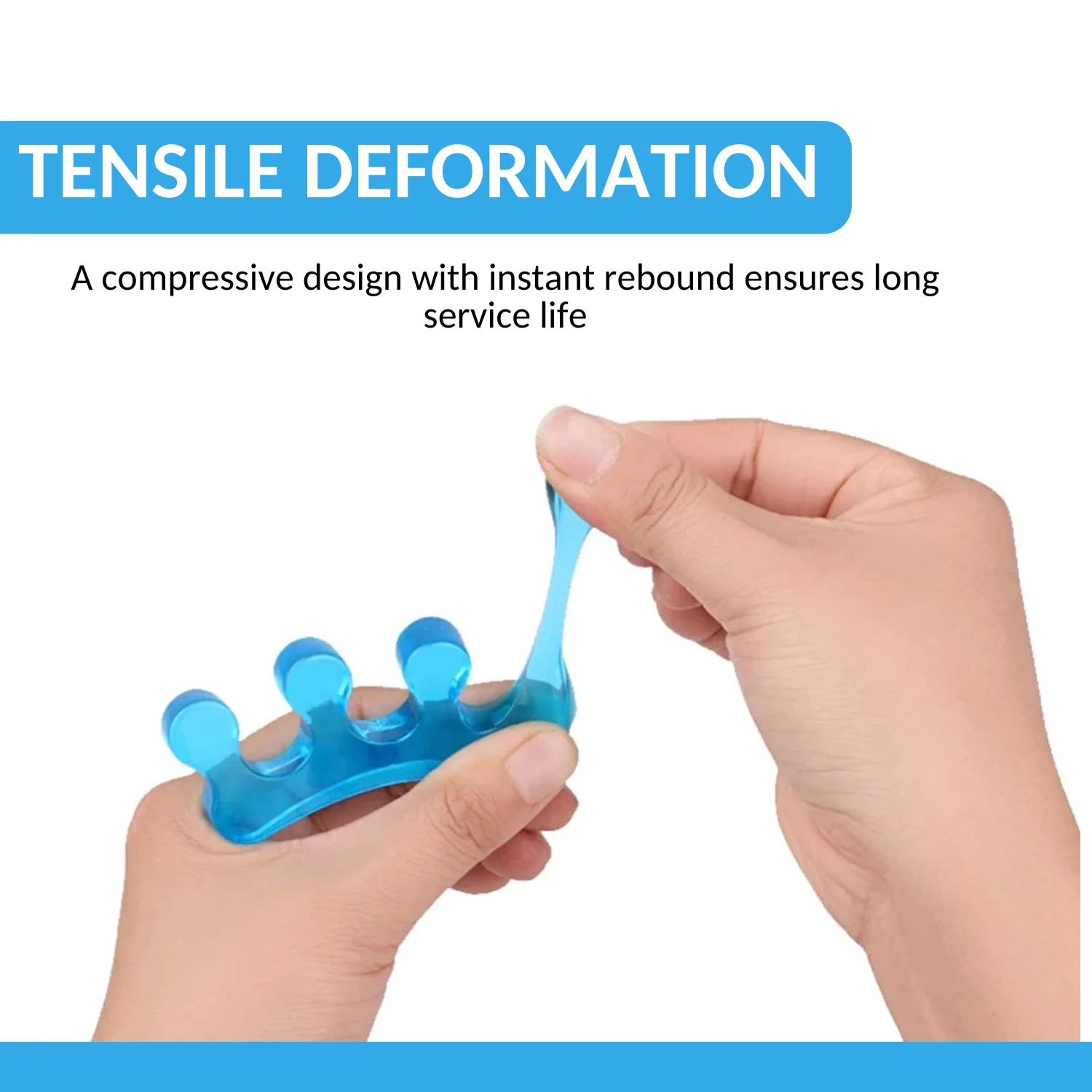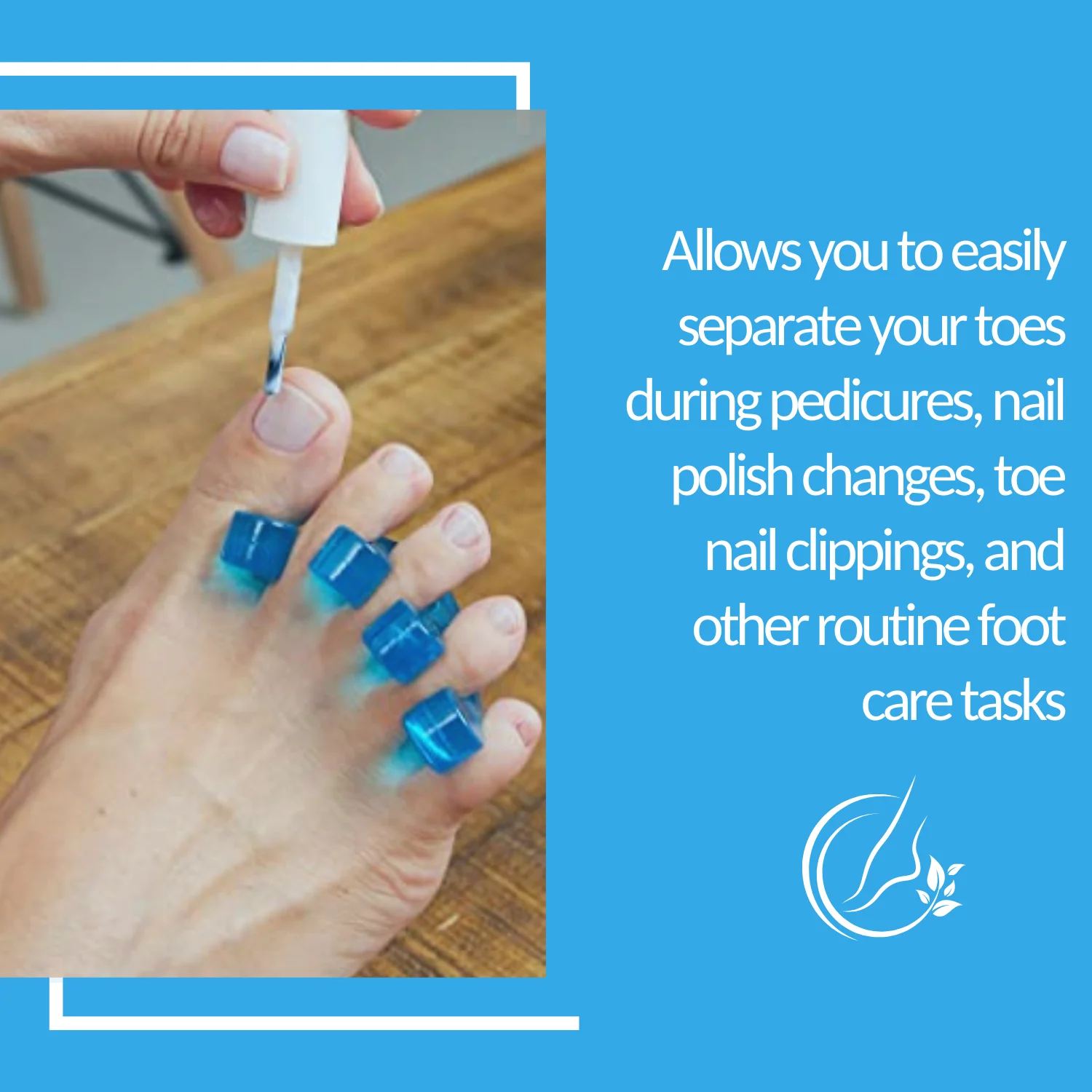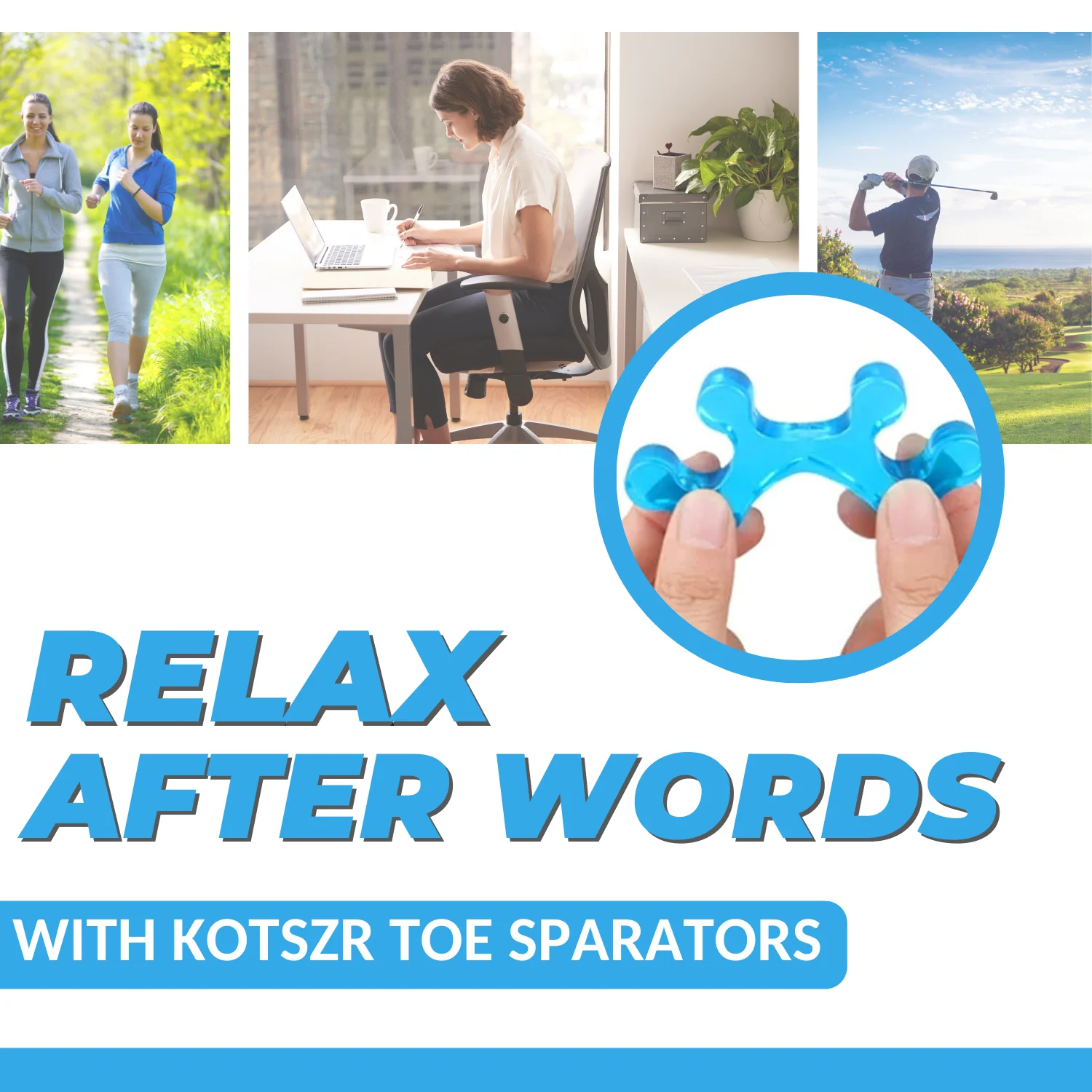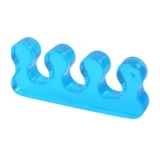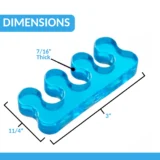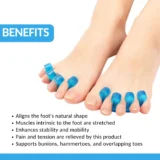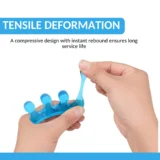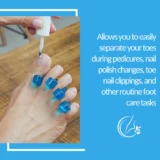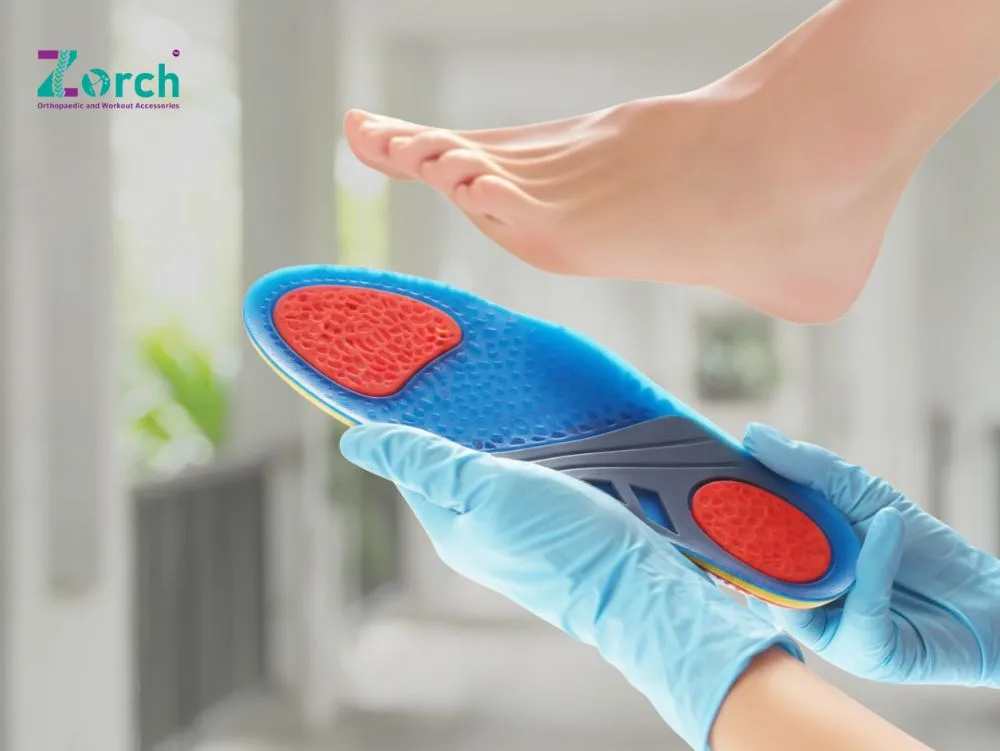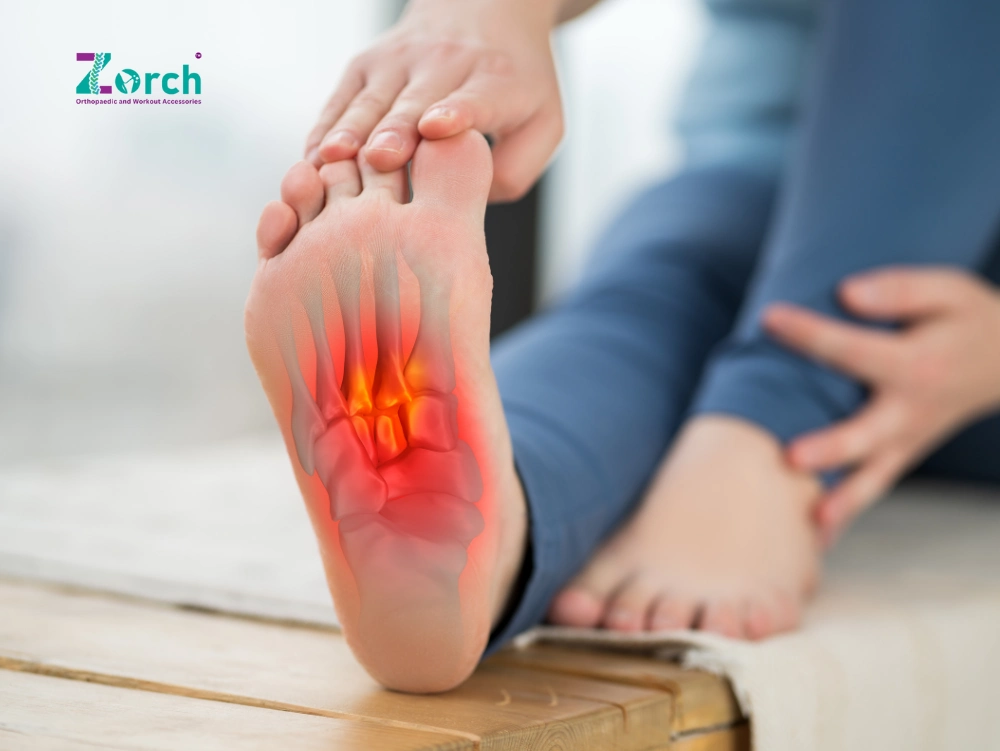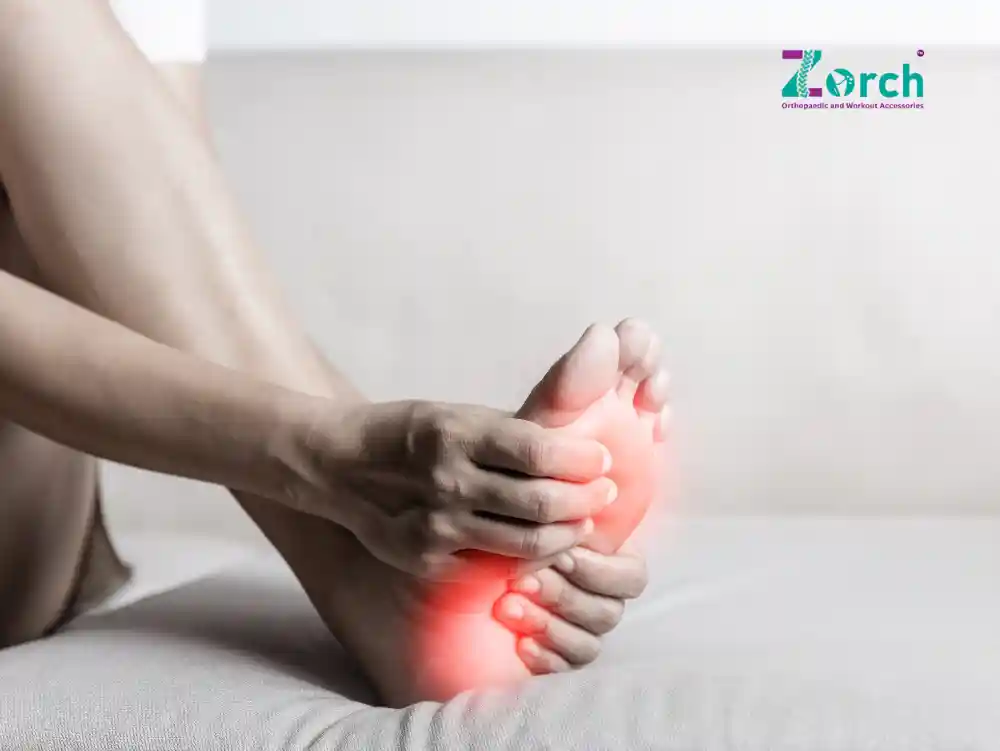Currently Empty: ₹0.00

4 stages of a bunion are important to know for anyone dealing with foot pain or toe misalignment. A bunion, medically known as hallux valgus, is a deformity of the big toe joint. It occurs when the bone at the base of the big toe shifts outward, while the tip of the toe tilts inward toward the second toe. Over time, this misalignment creates a bony bump on the side of the foot.
For patients, bunions can be more than just a cosmetic issue—they often cause pain, swelling, redness, and difficulty finding comfortable shoes. Understanding the toe bunion treatment cause is the first step toward effective relief.
Causes of a Toe Bunion
Several factors contribute to bunion formation:
- Genetics: A family history of bunions increases your risk.
- Footwear Choices: High heels and tight, narrow shoes put pressure on the toes.
- Foot Structure: Flat feet or abnormal foot mechanics can accelerate bunion growth.
- Medical Conditions: Arthritis and other joint conditions may worsen bunion development.
Knowing the root cause helps guide treatment decisions—whether lifestyle changes, medical care, or supportive devices like toe separators for bunions.
The 4 Stages of a Bunion Explained
Stage 1: Mild Discomfort and Early Signs
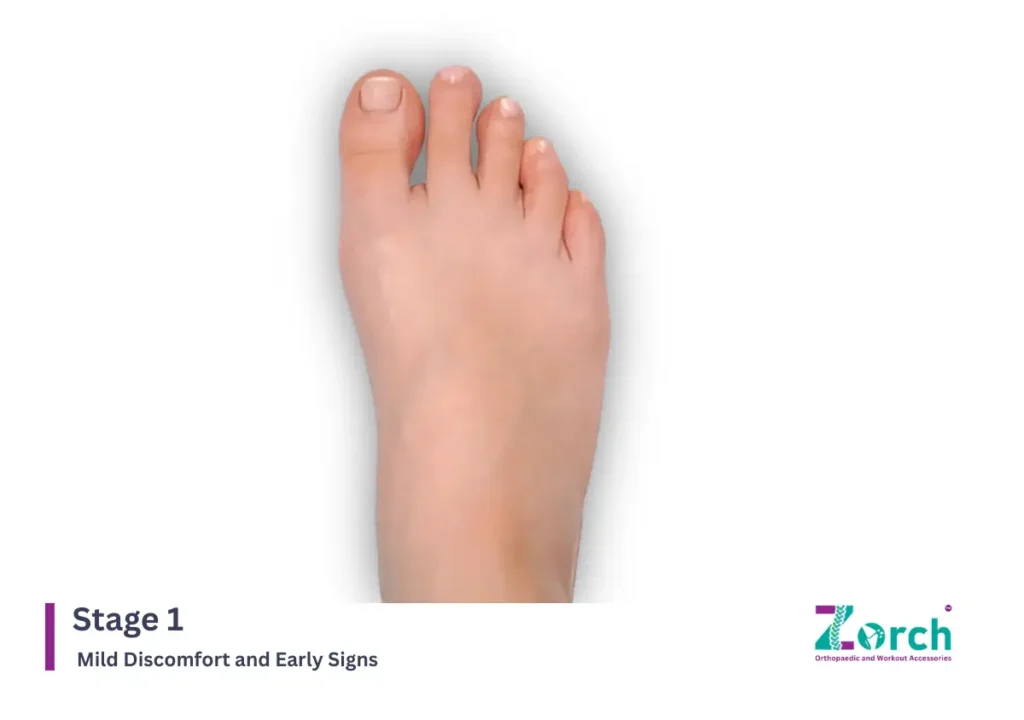
- A slight bump develops near the big toe.
- Patients may feel mild pain when wearing tight shoes.
- At this stage, lifestyle changes and early interventions (like toe separators) can help slow progression.
Stage 2: Moderate Bunion Formation
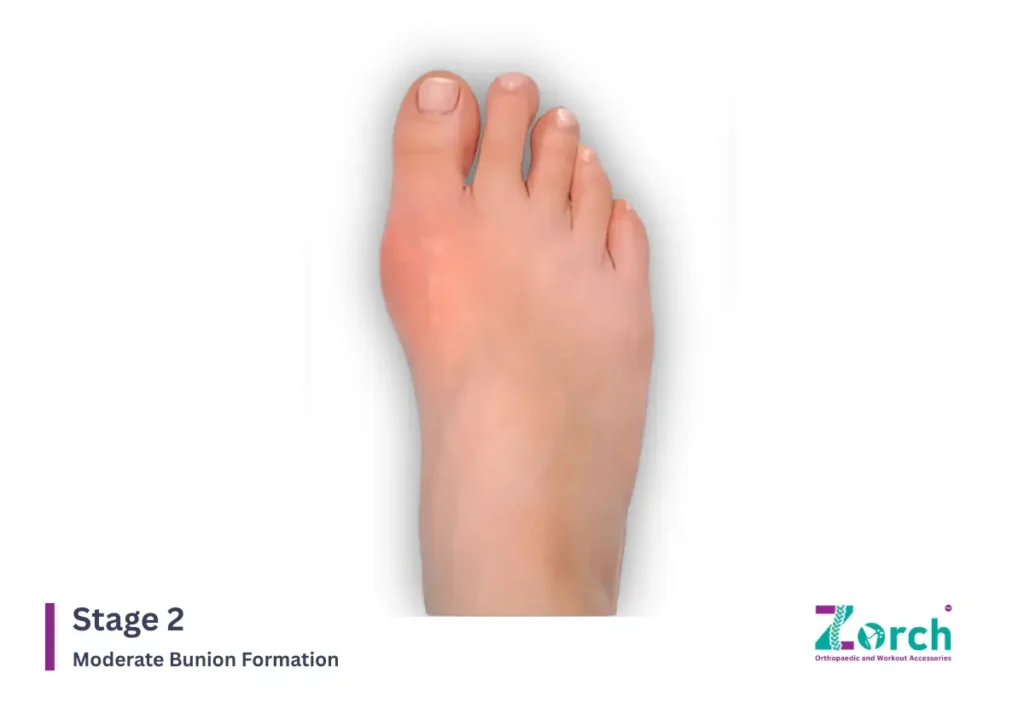
- The bump becomes more noticeable.
- Pain increases, especially after long periods of standing.
- The big toe begins to overlap slightly with the second toe.
Stage 3: Severe Pain and Toe Misalignment
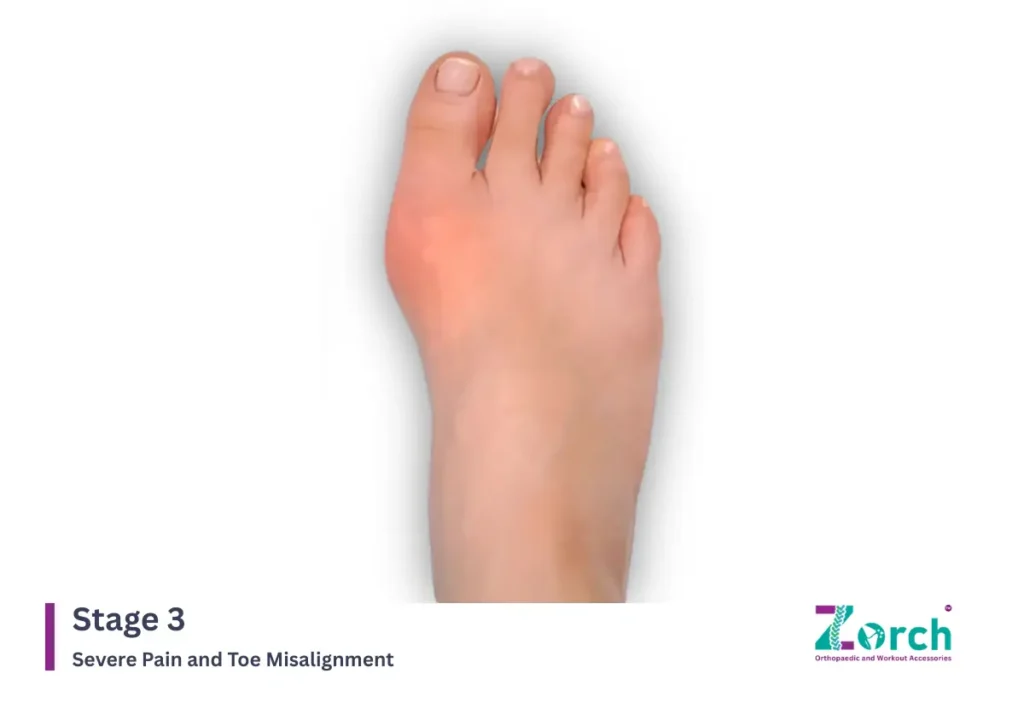
- The bunion grows larger, making it difficult to wear normal shoes.
- Patients may experience persistent pain, swelling, and restricted movement.
- Toe separators and orthotic devices provide temporary relief, though medical consultation is recommended.
Stage 4: Advanced Bunion with Complications
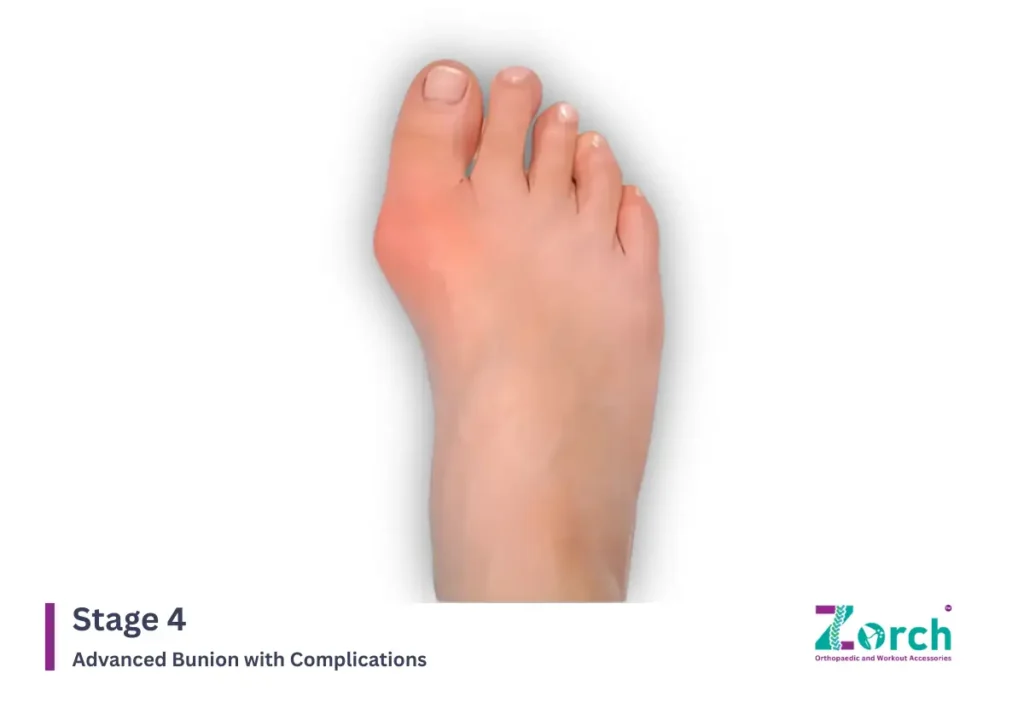
- Severe deformity occurs, often leading to additional problems like hammertoes or arthritis.
- Walking becomes painful, and surgery is often considered.
By knowing the 4 stages of a bunion, you can take action early. Using a toe separator in the first stages may help ease pain and stop the bunion from getting worse.
Toe Bunion Treatment: Exploring Options
Conservative Treatments (Lifestyle & Footwear Changes)
- Wearing wide-toed shoes with soft materials.
- Using toe separators for bunions to realign the toes and reduce friction.
- Applying ice packs to reduce swelling.
- Taking over-the-counter pain relievers.
Medical and Surgical Interventions
- Corticosteroid injections for inflammation.
- Custom orthotics for better foot support.
- Bunionectomy surgery for severe cases.
Toe Separators for Bunions: Do They Work?
Benefits of Toe Separators
- Realign the toes and reduce pressure.
- Improve circulation in the foot.
- Provide relief during walking or standing.
- Can be used as a preventive tool in the early bunion stages.
Choosing the Right Bunion Relief Product
What to Look for in a Toe Separator
- Soft yet durable material.
- Comfortable fit without restricting circulation.
- Easy to clean and reusable
Recommended Poduct
Zorch: Toe Stretcher & Toe Separator
₹443.00 Original price was: ₹443.00.₹399.00Current price is: ₹399.00.
Zorch silicone toe separators gently space and support your toes to improve alignment and reduce pressure. These soft toe spacers ease discomfort from bunions, corns, and overlapping toes. A flexible and durable solution for daily foot care.
How to Use Toe Separators Effectively
- Wear them while resting, walking around the house, or even in wide shoes.
- Start with short sessions (15–30 minutes) and gradually increase usage.
Why Choose Our Toe Separator for Relief
Our toe separator is designed with medical-grade, soft silicone that ensures comfort while gently correcting misalignment. Unlike standard separators, ours is durable, washable, and fits most foot sizes, making it an excellent choice for daily bunion care.
Flat Feet and Their Connection to Bunions
Flat feet, also called fallen arches, are a common foot condition where the arch of the foot is lower than usual. This causes the foot to roll inward when walking, a movement known as overpronation. Over time, this added pressure on the big toe joint can speed up the development of bunions.
People with flat feet often notice bunions forming earlier or progressing faster. That’s why addressing flat feet is just as important as treating the bunion itself.
- Using shoe insoles for flat feet can help support the arch and reduce excess pressure on the toe joint.
- Learning how to cure flat feet with exercises, supportive shoes, and orthotics may also help slow bunion progression.
- Combining arch support with a toe separator can give patients double relief—correcting alignment while protecting the big toe joint
FAQs on Bunion Feet
Can bunions go away on their own?
No, bunions do not disappear without intervention. They may worsen over time if left untreated.
Are toe separators safe to use daily?
Yes, they are safe for daily use and provide gradual, gentle correction.
Do I still need surgery if I use a toe separator?
Not always. Many patients delay or avoid surgery with consistent use of separators.
How long before I feel relief with a toe separator?
Most patients notice relief within 1–2 weeks of daily use.
Can bunions come back after treatment?
Yes, if underlying causes like footwear or genetics aren’t addressed.
What shoes are best for bunions?
Wide, flexible shoes with soft cushioning and a roomy toe box are best.
Conclusion: Taking the First Step Toward Bunion Relief
Understanding the 4 stages of a bunion helps patients recognize symptoms early and take action. While bunions can cause discomfort and limit mobility, effective solutions exist—from footwear changes to medical care. Among these, toe separators for bunions stand out as a safe, non-invasive, and affordable choice.
If you’ve been asking, “How can I get rid of a bunion on my toe?”—the answer often starts with simple, consistent care. Our toe separator is designed to provide lasting relief and help you walk with comfort again.

